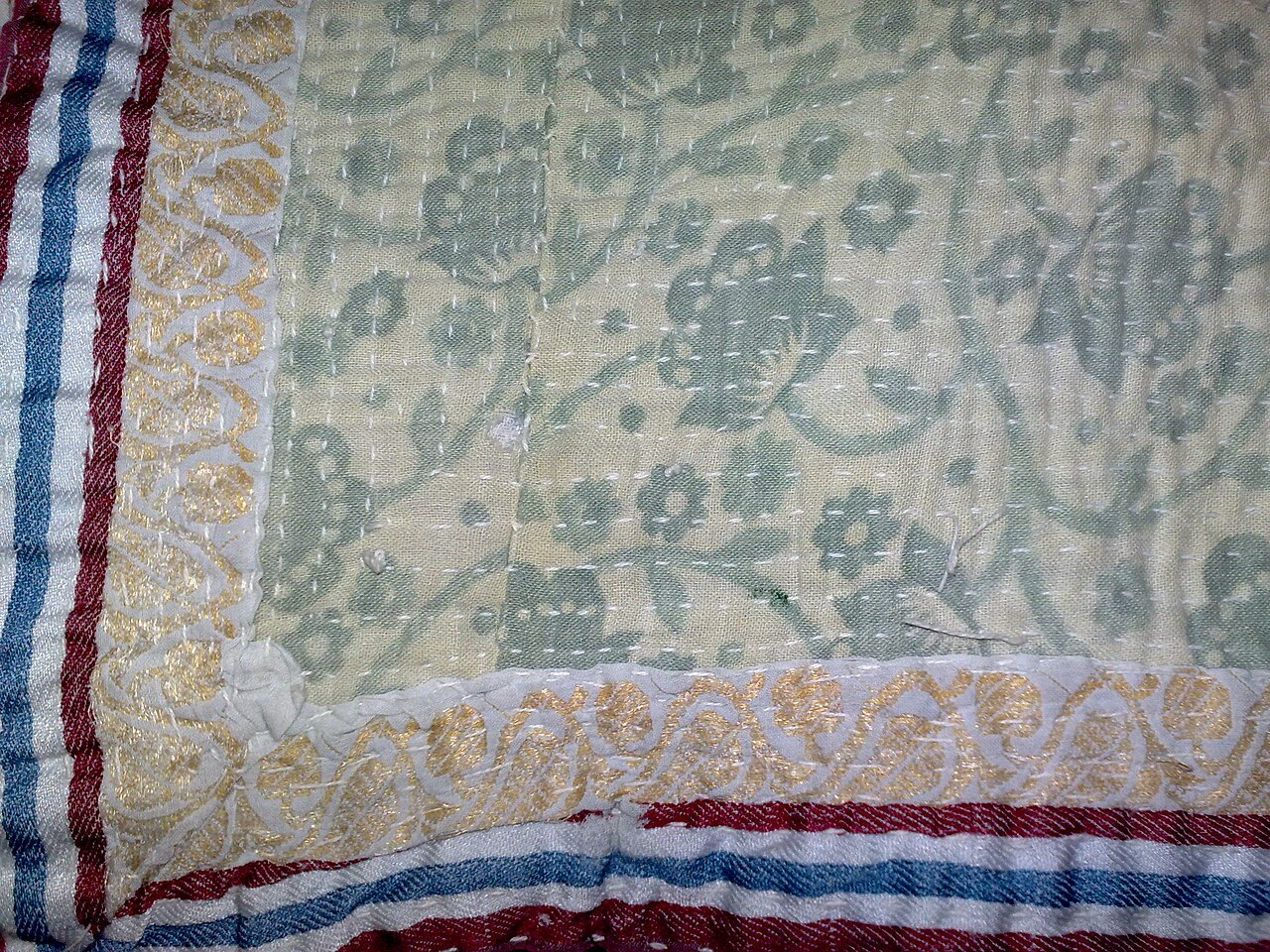WHAT THE HECK KIND OF SILK?
Early in my research I found that most books say that the silk used is a wild silk called tussah that is naturally bright yellow. Well I thought that was neat and went about trying to find this magical silk.
Well wouldn't you know...I can't find it. I found soft shades of under cooked baked goods mostly ranging from beige to a slight pink. To add insult to injury there are a million ways to spell tussah... I mean tassar ...you see what I mean. Even the Europeans had no idea what it was called. They called it lawne because they thought it was a vegetable product.
I did stumble onto something called muga silk. It ranges from a cream to dark brown (which is very slubby and kind of looks like someone spun the hair they found on the salon floor). Most examples are a pale honey color. Occasionally I found references to Assam silk which can refer to muga, eri or white pat. Where is my magical yellow silk?
So yellow...So magical...
The museum and book labels are no help. No help at all. They just seem to call the silk what ever they feel like. Maybe they don't know or don't care because I'm the only loon trying to find this stuff.
I came to these possibilities:
1) Tussah silk used to come in this color but climate change effected this or they fed the worms something special.
2) They dyed the tussah and sold the Portuguese a bill of goods.
3) They used bombyx mori and dyed it. They also sold the Portuguese some magic beans.
4) Muga silk was used on some of the paler embroideries (some of them are less yellow)
5) A mix of these things.
My money is on #5.
So what are my options? Will Rae: 1) pick an option 2) lose her mind with indecision 3) Buy all the options she can find and try them all?
My heart says find all the options and buy them. Lay them out on the floor and roll on them like a silk hording dragon. My brain says get a few options and try them. Which leaves me actually losing my mind with indecision.
I have a sickness
It can only be cured with yellow silk













